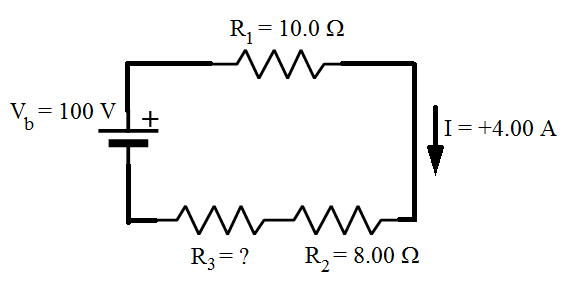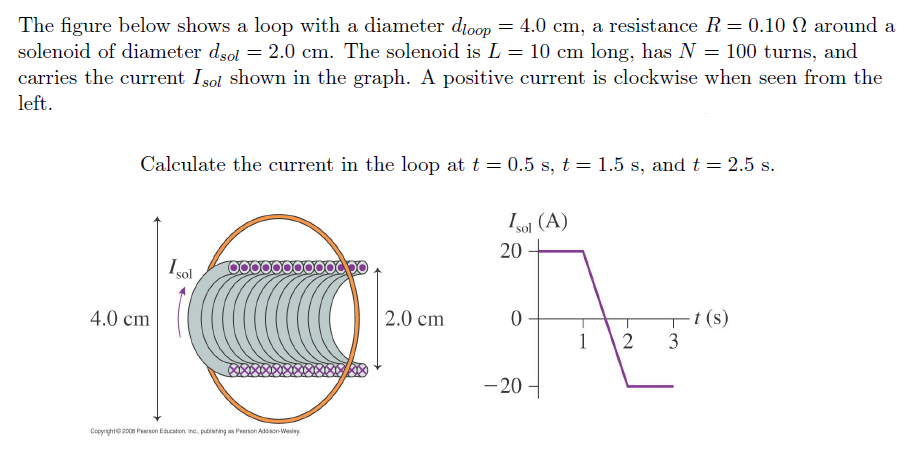

But the second term in Equation (9) is the contribution of spin to the total flux for spin-up electron.


Which is the quantum flux without considering electron spin. When we take the integral of cross terms, they vanish and the Equation (8) reduces toĪs it is shown in that the first term can be written as: Where the cross terms contains the product of different angular frequencies likeĪnd so on. Next, following Saglamand Boyacioglu, we can calculate the total magnetic fluxĬontained within the spinning orbit of the fictitious charge during the time interval Is the velocity of the fictitious point charge with respect to the centre of mass of the electron. If we take the time derivative of (3), we find the corresponding velocities:Īre the velocities of the electron itself and fictitious point charge (−e) with respect to the origin and But if we take a huge magnetic field let us say for B = 10, T = 10 5 G then the value of It can be shown that the number of turns,Ĭan be made as small as possible. Times about itself and hence the fictitious point charge completes During the cyclotron period, T c electron completes one turn around the cyclotron orbit, but it spins Here we distinguish the spin angular frequency Namely for spin up and spin down electrons read: Is the vector going from centre of mass to this fictitious point charge (ĭepending on the spin orientation, the vectors Is the vector going from origin to the centre of mass of the electron and Landau orbits for electrons: (a) without spin (b) in real space for spin-up electrons. (B > 0), the vector going to this fictitious point charge can be written as:įigure 1. that is what we call the current loop model. Now we want to look at the Equation (2) in detail: To consider the spin dependence in the flux expression, we assume that the spin angular momentum of electron is produced by the fictitious point charge (−e) rotating in a circular orbit with a radius R in x-y plane and an angular frequency, When an electron is placed in an external magnetic field B, during the cyclotron period T c it completes one turn around the cyclotron orbit, but it spins ( Here we distinguish spin angular frequency To calculate the quantum flux for any quantum orbit we calculate the magnetic flux for one turn, then multiply it by the number of turns, during the cyclotron period T c: The latter is caused by the spin of the electron. In this model the spining electron is made equivalent to a circular current loop with the radius R in x-y plane and the electron motion is considered in two parts namely an “external” motion which can be interpreted as the motion of the center of mass (and hence the central of charge) and an “internal” one whose average disappears in the calssical limit. Since spinning is an unseperable part of electron we may say that mass of electron is non-zero and is equal to 9.11 × 10 −28g.Īs we said earlier the current loop model is an idealistic model for a spining electron. Therefore the Equation (1) can only be non-zero if and only if m 0 is zero. Furthermore, if v = c, according to the relativity theory, the relativistic mass, m of a speedy particle will have a non-zero limit if and only if m 0 is zero: Further we have found that the spinning speed of an electron is exactly equal to speed of light. Therefore the current loop model is the best one to describe the magnetic properties of the electron. Where (+) sign stands for spin-down electron and (−) sign for spin-up electron. Most importantly through this model we had calculated magnetic flux associated with its spinning motion and we have found the above mentioned result: In this study using the current loop model we have found that: electron’s spinning angular frequency, To overcome this difficulty we introduced current loop model. But the magnetic top model was rather primitive as the spin vector was only attached to that spherical charge distribution.

The current loop model is mainly based on the magnetic top model which was first introduced by Barut et al.
LOOP THE LOOP PHYSICS CALCULATOR FULL
In that calculations, which are based on the current loop model, the intrinsic magnetic flux associated with its spinning motion of the electron which is calculated either by a semiclassical methode or by a full quantum mechanical solution of Dirac equation gives the same result: This field is about 8.3 × 10 11 times bigger than the highest magnetic field obtained in today’s laboratories and 10 3 times bigger than that in neutron stars (magnetars).
LOOP THE LOOP PHYSICS CALCULATOR FREE
Recently we have calculated the magnetic field inside a free electron due to spinning motion and showed that it is about 8.3 × 10 13 T.


 0 kommentar(er)
0 kommentar(er)
